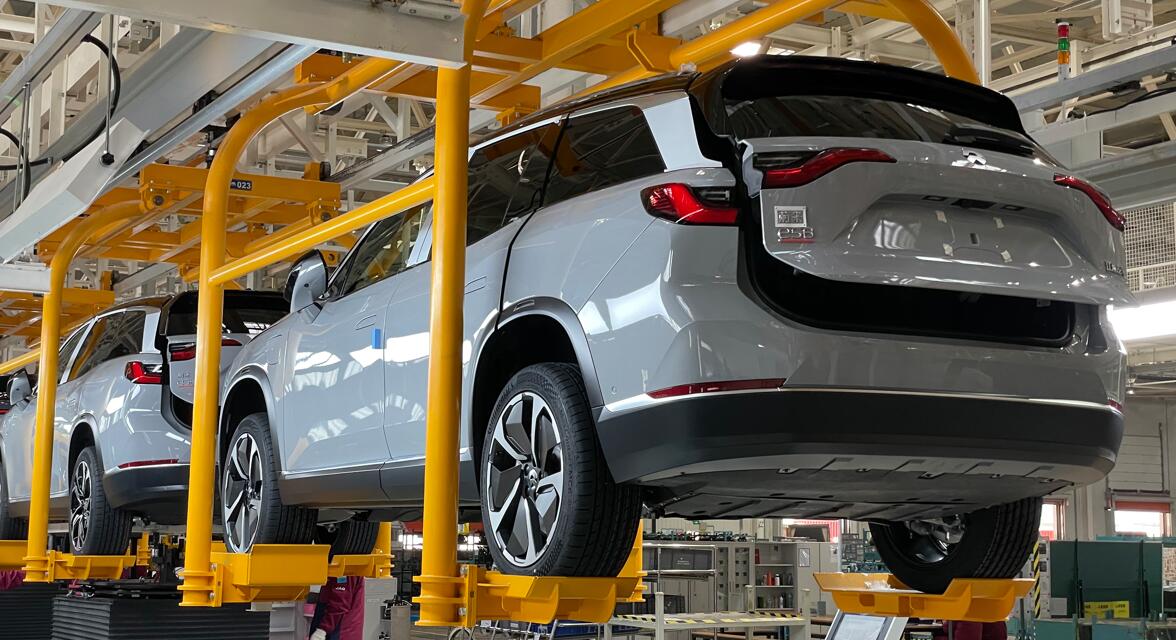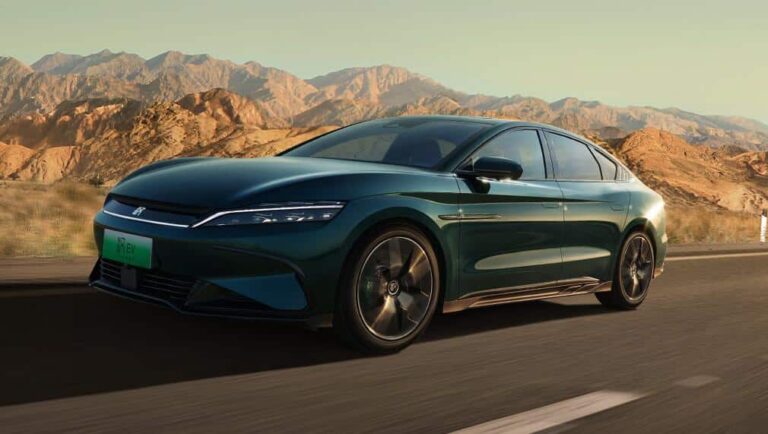China has revised its dual-credit policy, one of the key drivers of the rapid growth of the NEV industry, and the changes will take effect on August 1.

(Image credit: CnEVPost)
China's so-called dual-credit policy, implemented over the past several years, has been a key driver of the rapid growth of the new energy vehicle (NEV) industry. Now the policy is seeing the latest revisions, with car companies earning fewer credits for producing NEVs.
China's Ministry of Industry and Information Technology (MIIT) today released the latest update to the policy, which will go into effect on August 1.
One of the most significant changes is the average reduction of about 40 percent in credits for standard models of new energy passenger vehicles, according to the MIIT.
After the adjustment, car companies will receive credits for each NEV produced calculated as follows:
For pure electric passenger cars, the credit calculation formula for standard models is 0.0034 x R + 0.2, where R is the range in km.
For plug-in hybrid passenger cars, a standard model's credit is 1.
For fuel cell vehicles, the credit formula for a standard model is 0.05×P, where P is the rated power of the fuel cell system in kW.
When R is less than 100, the standard model credit is 0; when 100≤R<150, the standard model credit is 0.6.
The upper limit of the standard model credit for pure electric passenger vehicles is 2.3, and the upper limit of the standard model credit for fuel cell passenger vehicles is 4.
Prior to this adjustment, NEV credits were calculated as follows:
For pure electric passenger vehicles, the standard model credit calculation formula was 0.0056 x R + 0.4.
For plug-in hybrid passenger vehicles, the standard model credit was 1.6.
For fuel cell vehicles, the standard model credit calculation formula is 0.08×P.
When R is less than 100, the standard model credit is 0; when 100 ≤ R < 150, the standard model credit is 1.
The upper limit of standard model credit for pure electric passenger cars is 3.4, and the upper limit of standard model credit for fuel cell passenger cars is 6.
Take a model with a CLTC range of 500 km as an example, before the latest adjustment, a car company could earn 3.2 credits. After August 1, the credit will be 1.9, a reduction of 40.63 percent.
China released the dual-credit policy in 2017, which is known as the " Parallel Management Measures for Average Fuel Consumption of Passenger Vehicle Enterprises and New Energy Vehicle Credits". The policy has been in effect since April 1, 2018.
Automakers that fail to meet the fuel consumption control requirements can offset the negative credits from excessive fuel consumption by generating their own NEV credits, or by purchasing credits from other companies.
If a car company is unable to get its negative credits to zero, then they need to submit a product adjustment plan to the MIIT and set a deadline for compliance.
Until their negative credits are zeroed out, the substandard products cannot be sold to the public.
In essence, this amounts to penalizing car companies that continue to produce vehicles powered entirely by internal combustion engines and using these fines to subsidize the production of NEVs.
In addition to reducing the number of credits generated per NEV produced, the latest adjustments include the establishment of a credit pool management system.
Under this system, when there are too many credits, automakers can voluntarily store positive credits in the pool, which is valid for five years. When the number of credits is too low, they can withdraw their stored positive credits.

